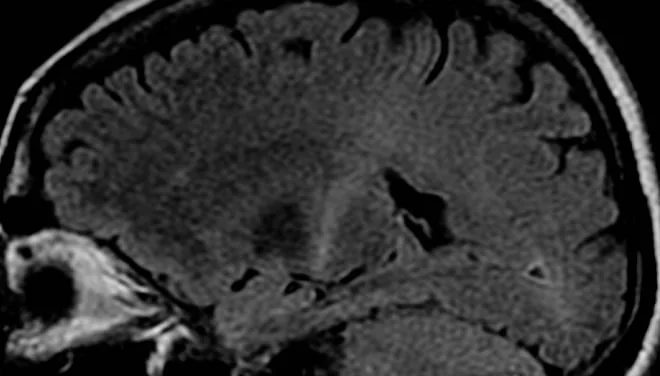
When Lyme disease infects the brain, it results in what is known as a neuroborreliosis. They develop weeks or even years later, and are a result of the spread of the disease. Early dissemination of the disease can cause multiple rashes and rashes, Bell's palsy and other cranial neuropathies, meningitis, meringoradiculitis, carditis, lymphadenopathy and arthralgia.
Main neurological symptoms of Lyme disease
Between 15% and 40% of Lyme patients suffer from neurological disorders due to the infection.. Those presenting in the late stages of the disease can be quite severe, with high morbidity and little expectation of successful treatment.
Neurological ailments include peripheral sensory neuropathies, cranial and motor neuropathies, motor dysfunctions as well as encephalopathies, movement disorder and other neuropsychiatric disorders.
In addition, in endemic areas, Lyme disease is implicated in 50% of childhood Lyme disease cases. Bell's palsy.
In the United States, the joint inflammation and nervous system disorders are considered late symptoms due to the spread of Lyme disease. Although joint symptoms can affect any joint, the knees are most common. Up to 60% of untreated patients will experience joint symptoms.
More information on the symptoms of Lyme disease.

